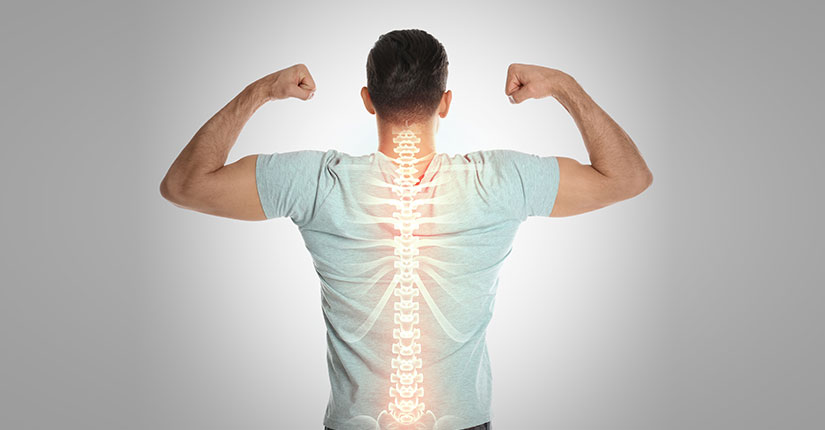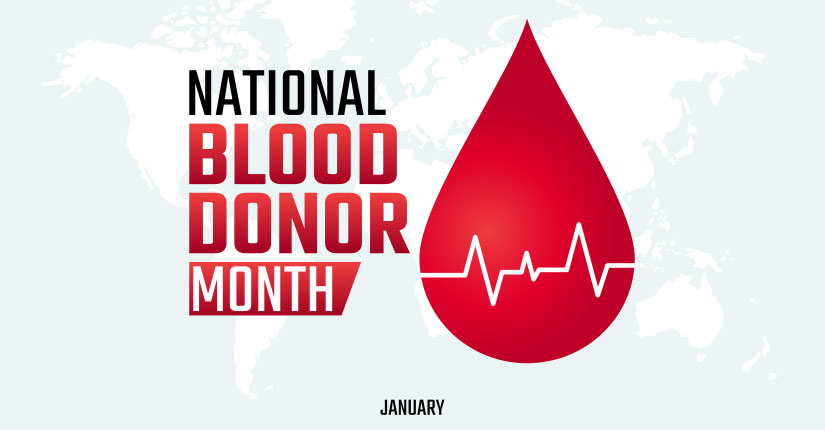The Different Types of Migraine Headaches: Which Type Do You Have?
By Nmami Agarwal 28-Jun 2022 Reading Time: 9 Mins

When people hear the term ‘migraine,’ they often think of a severe headache. What they don’t always know is that migraine is much more than a bad headache and it is a neurological disease that can cause throbbing pain that can leave you in bed for days! Movement, light, sound and other triggers may cause symptoms like pain, tiredness, nausea, visual disturbances, numbness and tingling, irritability, difficulty speaking, temporary loss of vision and many more.
Learn about each different type of migraine, with and without headache, below.
Migraine with Aura (Complicated Migraine)
Aura usually includes visual symptoms like lines, shapes, or flashes. You may even lose some of your vision for 10 to 30 minutes. You could also feel tingling in your arms and legs. Auras can even affect smell, taste, touch, or speech. Around 15% to 20% of people with migraine headaches experience an aura.
Migraine without Aura (Common Migraine)
The key differentiator is that Common Migraine lacks the warning phases (prodrome and aura) that other types of migraine have.
The symptoms are the same, but that phase doesn’t happen. Pulsing or throbbing pain on one side of the head, photophobia, phonophobia, pain that is made worse by physical activity, and nausea and vomiting are all classic symptoms of Migraine without Aura.
Migraine Without Head Pain (Silent Migraine)
Also called a Silent or Acephalgic Migraine, this type of migraine can be very alarming as you experience dizzying aura and other visual disturbances, nausea, and other phases of migraine, but no head pain. It can be triggered by any of a person’s regular triggers, and those who get them are likely to experience other types of migraine, too.
Hemiplegic Migraine
If you have ever had a migraine that felt more like a stroke, it was probably a Hemiplegic Migraine. People who experience this type of migraine develop weakness on one side of the body, often with visual aura symptoms and a “pins and needles” sensation, or loss of sensation, on one side of the body. It can last for as little as a few hours to several days. Similar to typical aura without headache, Hemiplegic Migraine doesn’t always include severe head pain.
Retinal Migraine
When a headache causes you to temporarily lose vision in one eye, it is a Retinal Migraine. Most common in women during their childbearing years, the blindness can last anywhere from a minute to months, but is usually fully reversible. This is a specific type of aura that accompanies a migraine, and it’s a condition we know very little about. What we do know is that Retinal Migraine may be a sign of a more serious issue, and those who experience it should make a point to see a specialist.
Chronic Migraine
If you have a headache more than 15 days a month, you’re probably suffering from chronic migraine. Many of the days often feel like typical migraine, but there may be considerable variability in the severity of the symptoms and head pain on any given day. Some days patients may mistake the pain for a “tension-headache” or “sinus headache” if the pain is less severe. Many patients with chronic migraine also use acute headache pain medications on more than 10-15 days per month, and this can actually lead to even more frequent headache.
Ice Pick Headaches
Ice pick headaches are pretty self-explanatory. They feel like you’re getting stabbed in the head with an ice pick. They often come on suddenly, delivering an intense, sharp pain. They’re short–usually only lasting 5-30 seconds–but incredibly painful. These headaches occur on the orbit, temple, and parietal area of your head. That’s where your trigeminal nerve is, which is the nerve in your face that’s responsible for biting and chewing, as well as face sensation. The nerve is on the side of your head just past your eye and above your ear. If you get sharp pains in this area, chances are you’re getting ice pick headaches.
Cluster Headaches
This is one of the most severe types of pain that a human can experience. With cluster headaches, you’ll feel an almost burning pain around and above your eyes, at your temples, and even moving toward the back of your head. You’ll often also get red or swollen eyes or a runny nose, among other symptoms. Because they occur in such a large area and provoke other symptoms, cluster headaches can be the most irritating headache, and are sometimes referred to as “suicide headaches.
Cervicogenic headaches
When the pain in your head is actually caused by pain in your neck, you probably have a cervicogenic headache. The pain usually comes from the neck or from a lesion on the spine, which is often confused with pain in the back of your head. It’s common for this type of headache to require physical therapy in addition to medication or other treatment.
Pinpointing the cause of headache is sometimes complicated. There are many types, and many methods of treatment. Focusing on where exactly your head hurts and the accompanying symptoms can help you and your doctor determine what type of migraine or headache you suffer from, resulting in a more effective treatment plan and fewer painful days.
Abdominal Migraine
An abdominal migraine affects your belly instead of your head. The symptoms include: Stomach pain,Nausea,Appetite loss and Vomiting. Doctors don’t know what causes them. But they share some of the same triggers as regular migraines. And migraine medications can work to treat them.
Over to You:
Call your doctor right away if you have:
- A change in migraine features, how often a migraine happens, or how severe it is,
- The number or severity of your headaches increase or your headache pattern changes,
- A headache brought on by coughing, sneezing, bearing down,
- Straining while on the toilet.
- Your medications no longer seem to be working or you’re experiencing new or different side effects.





















